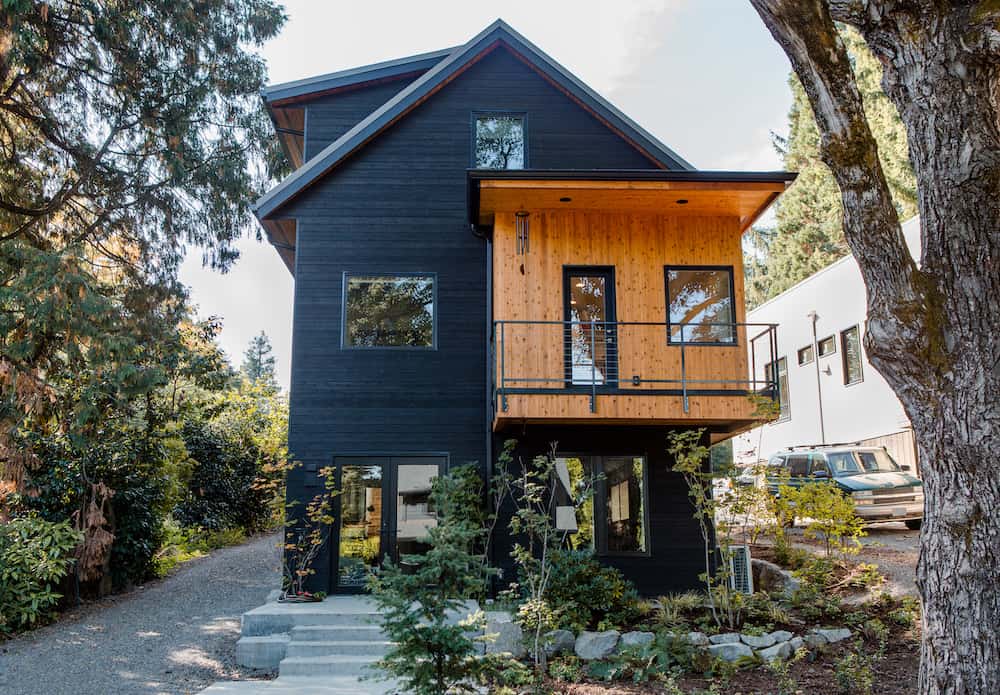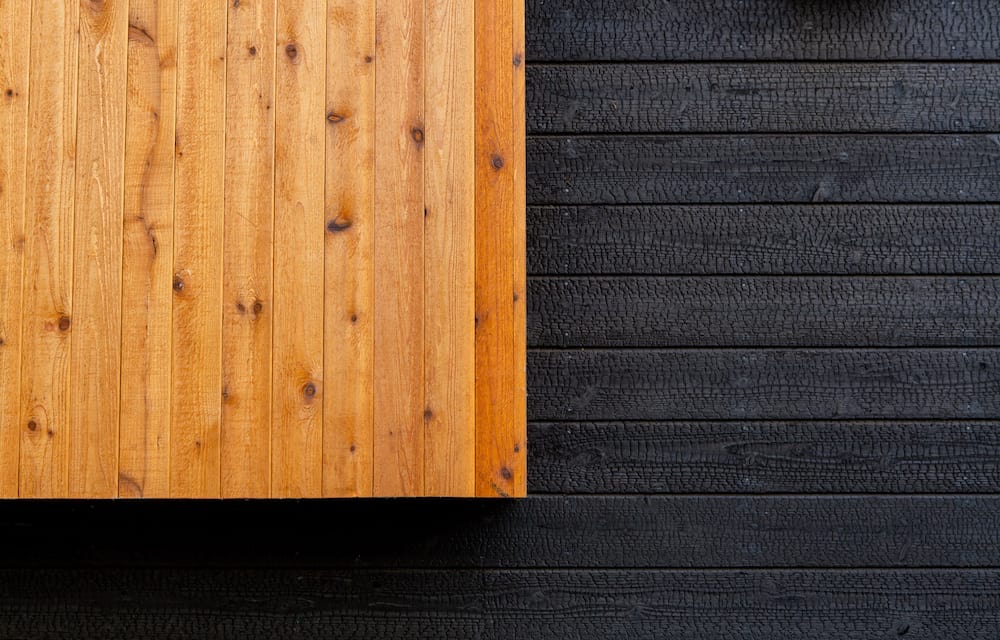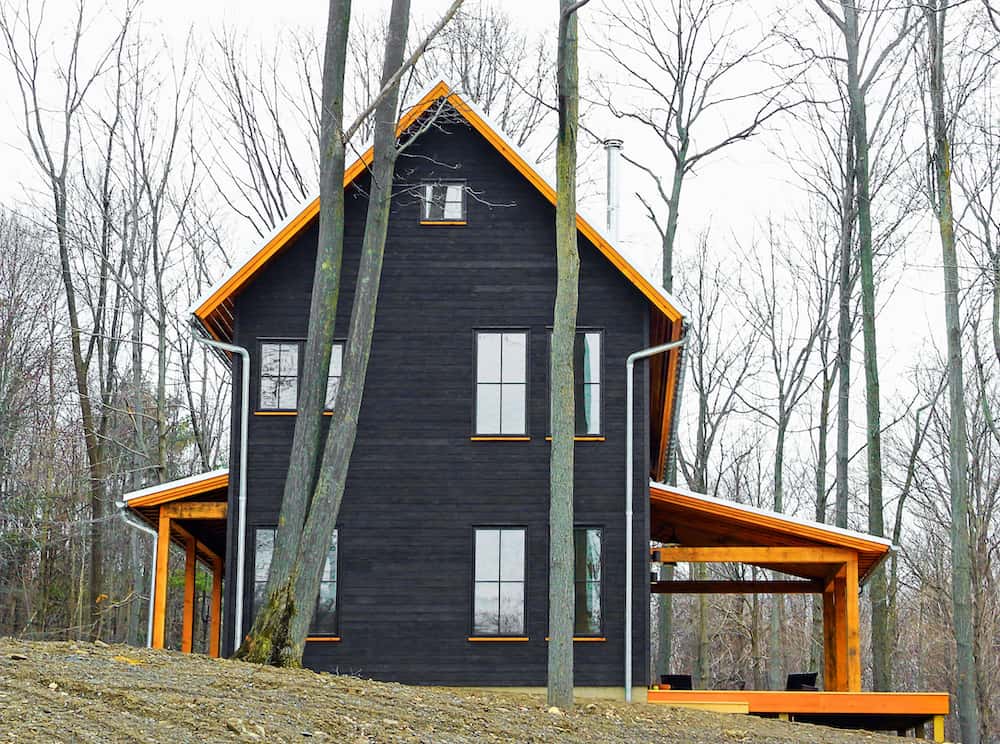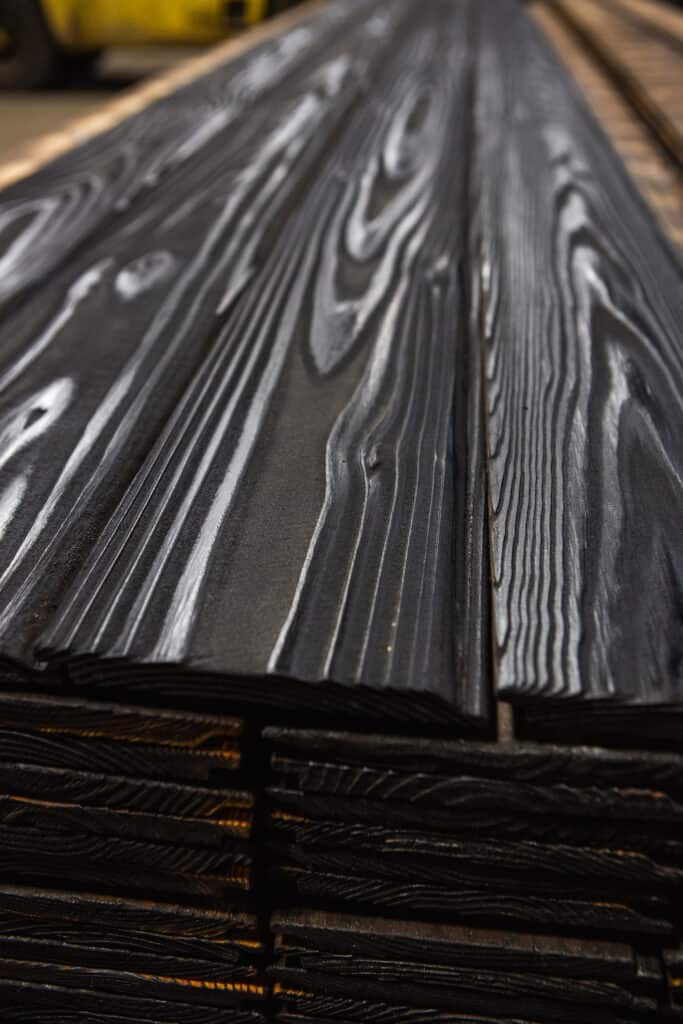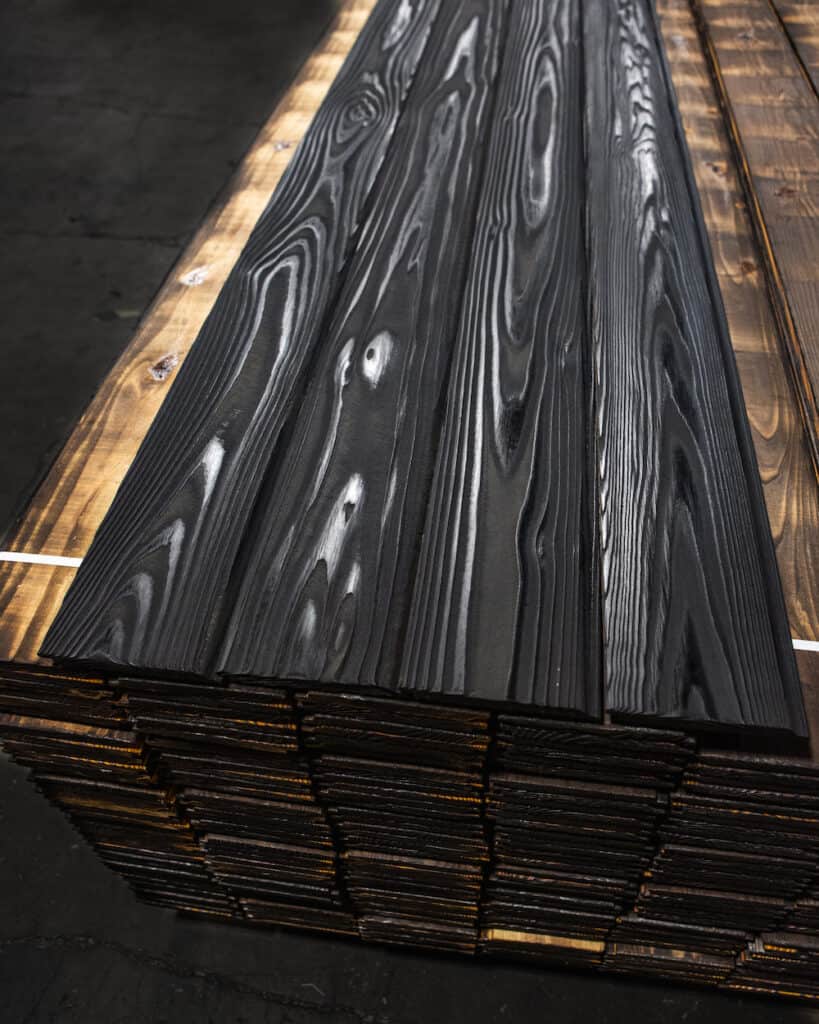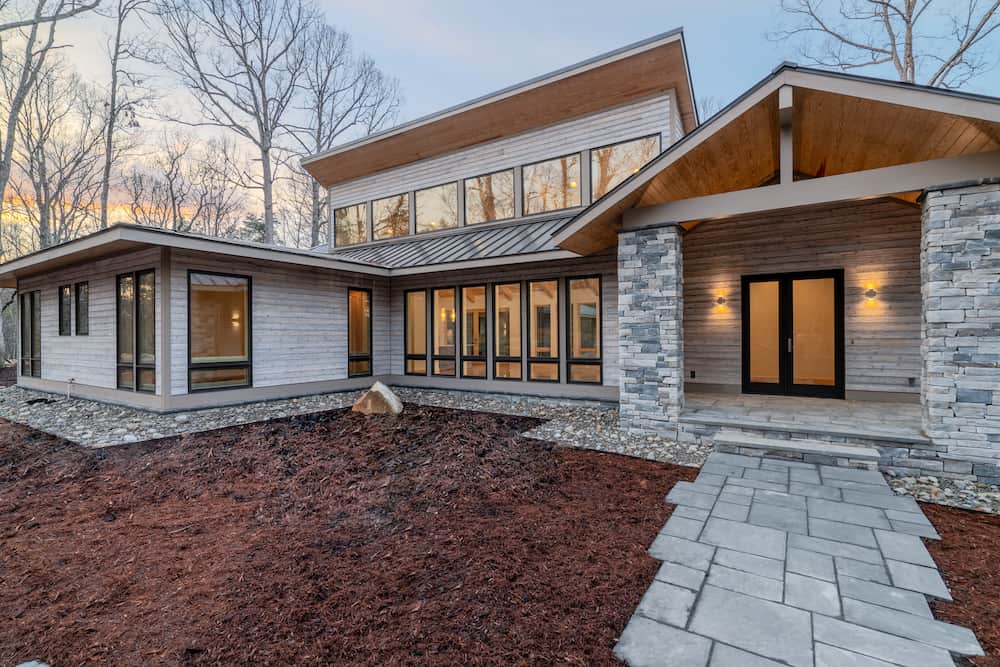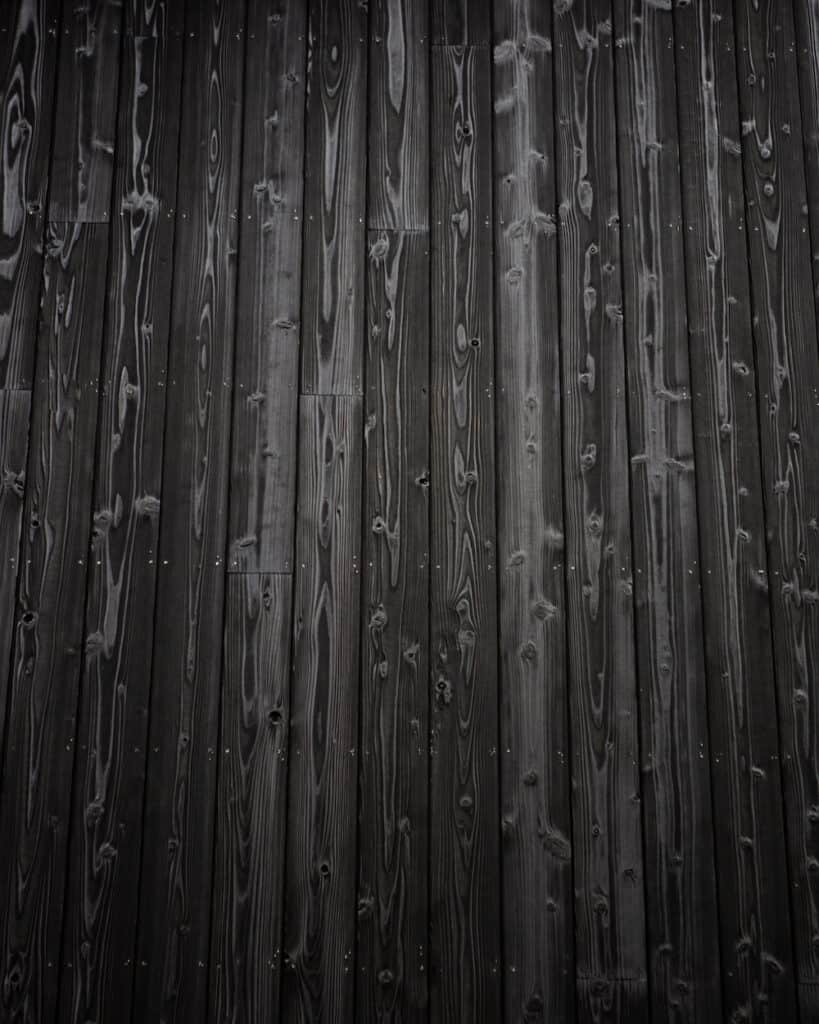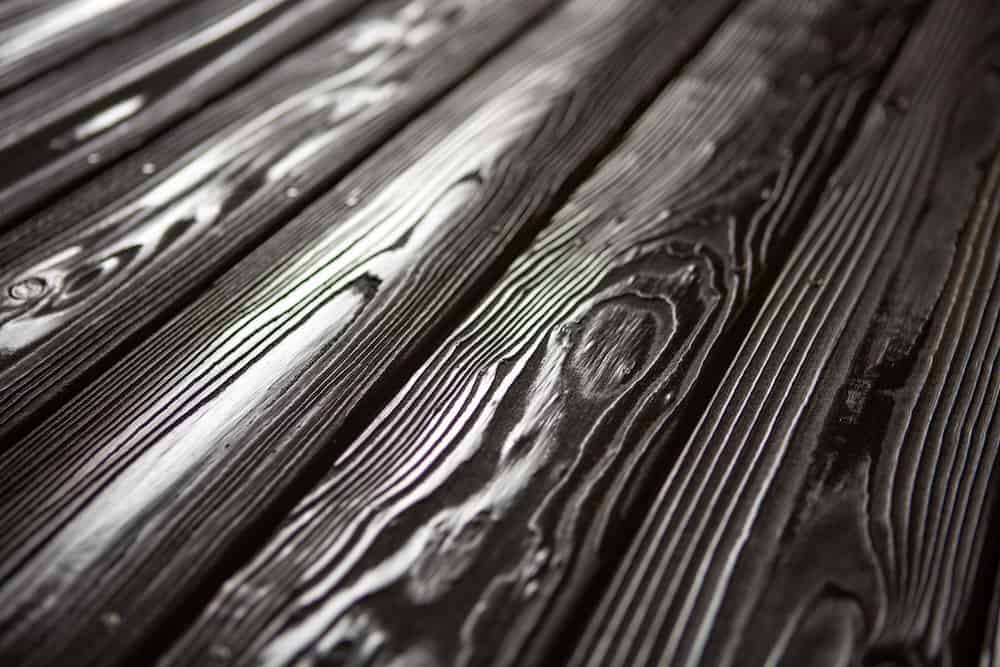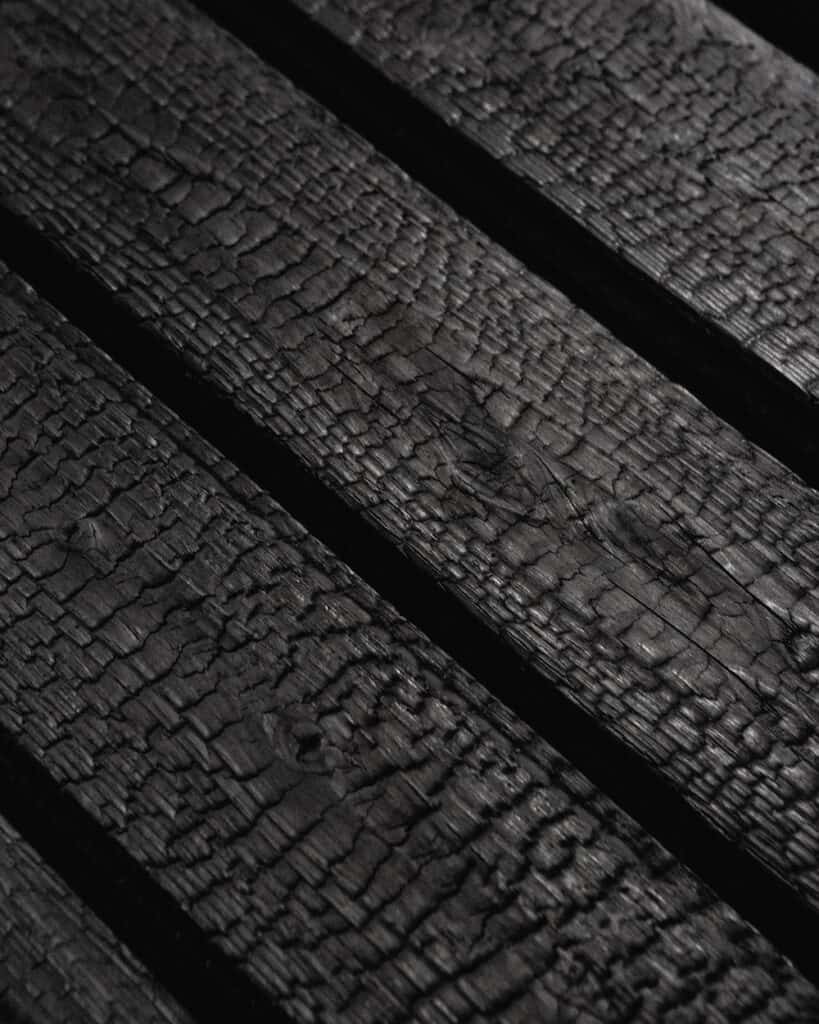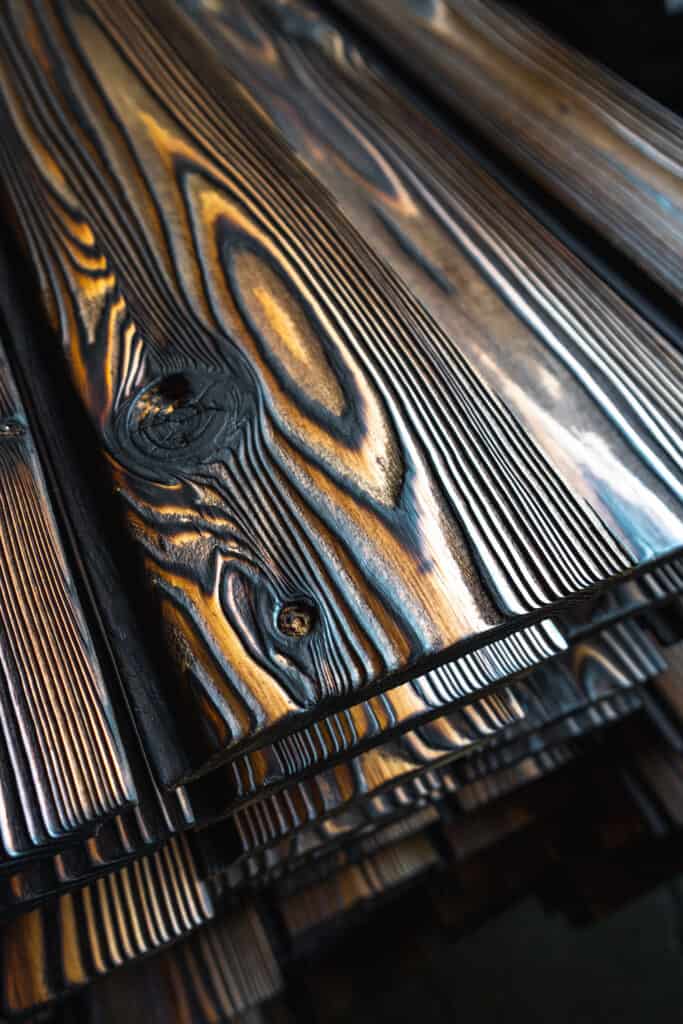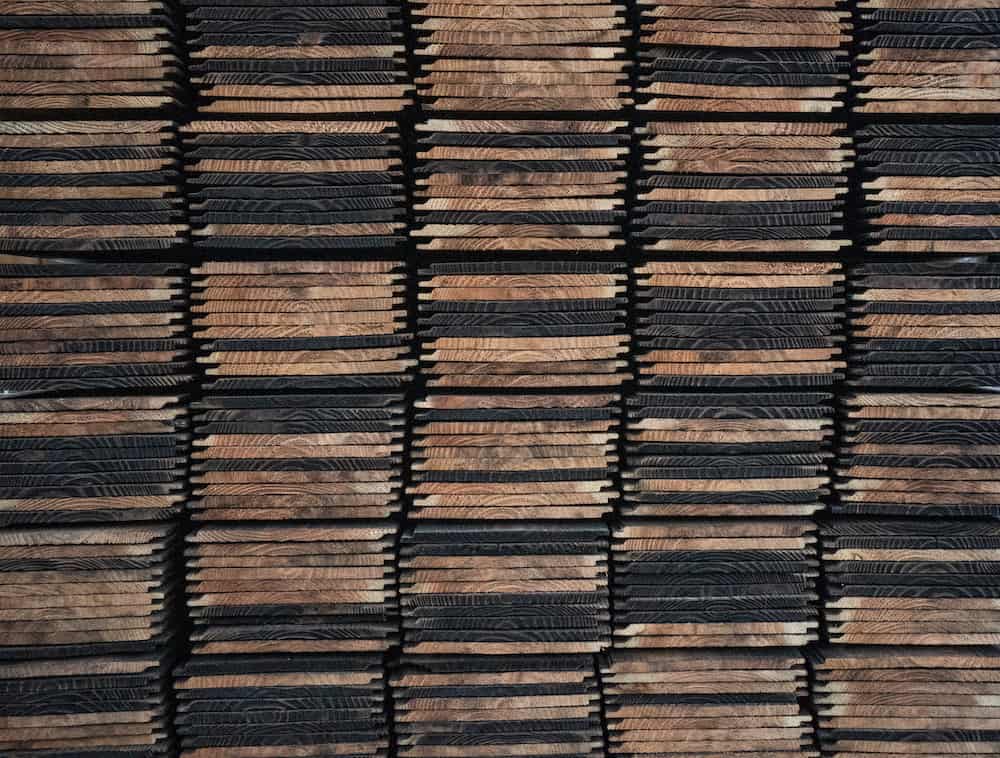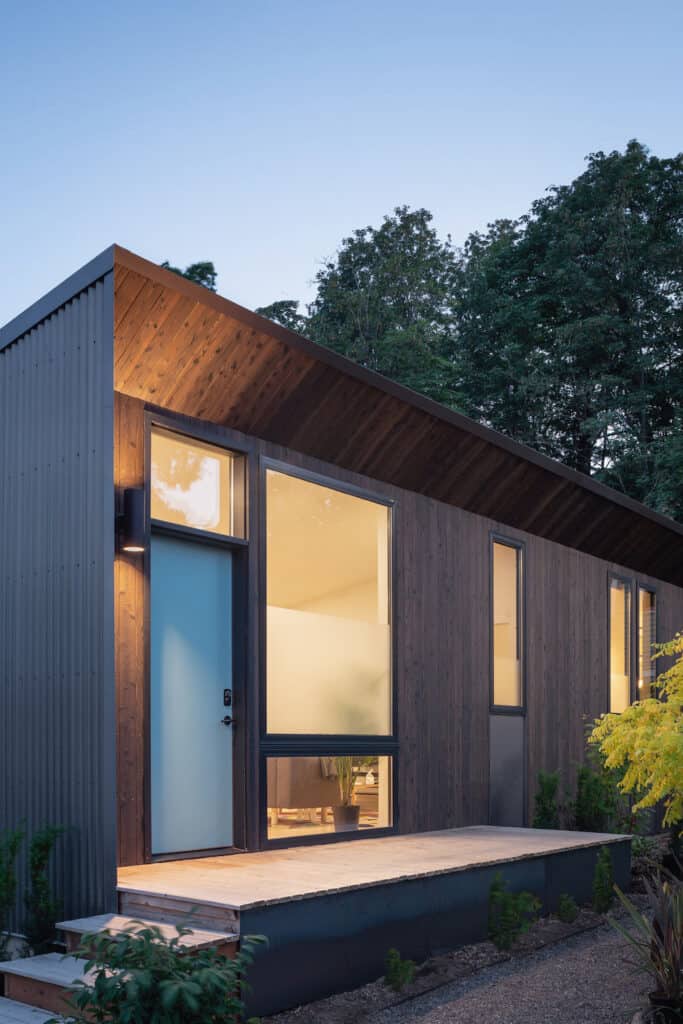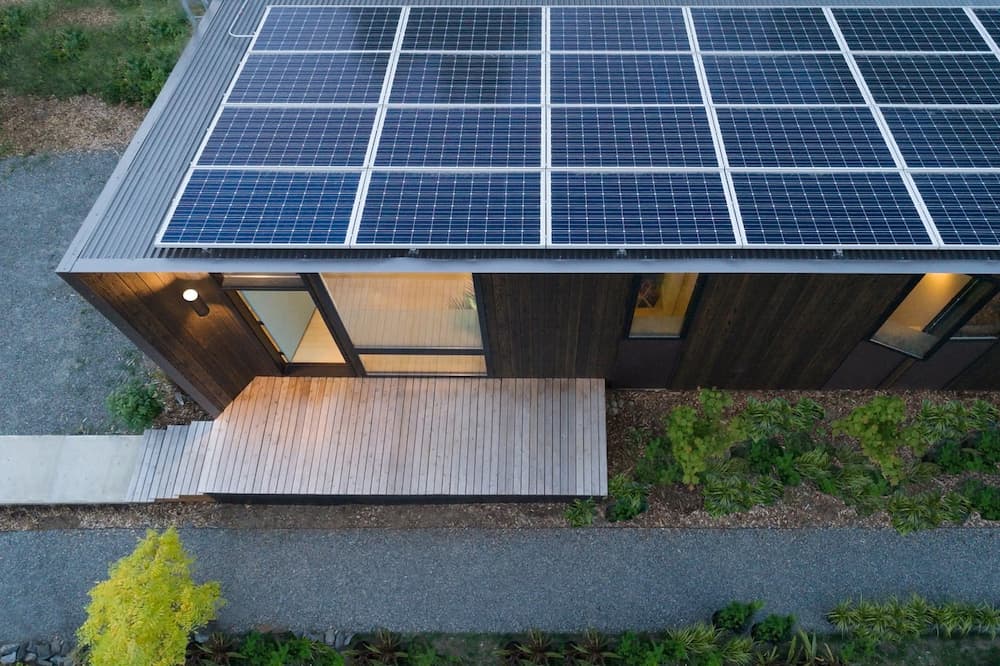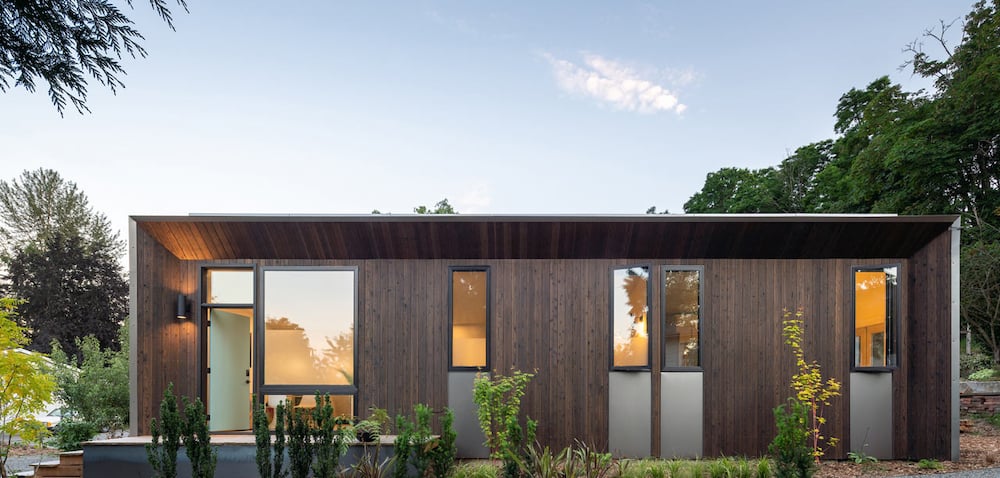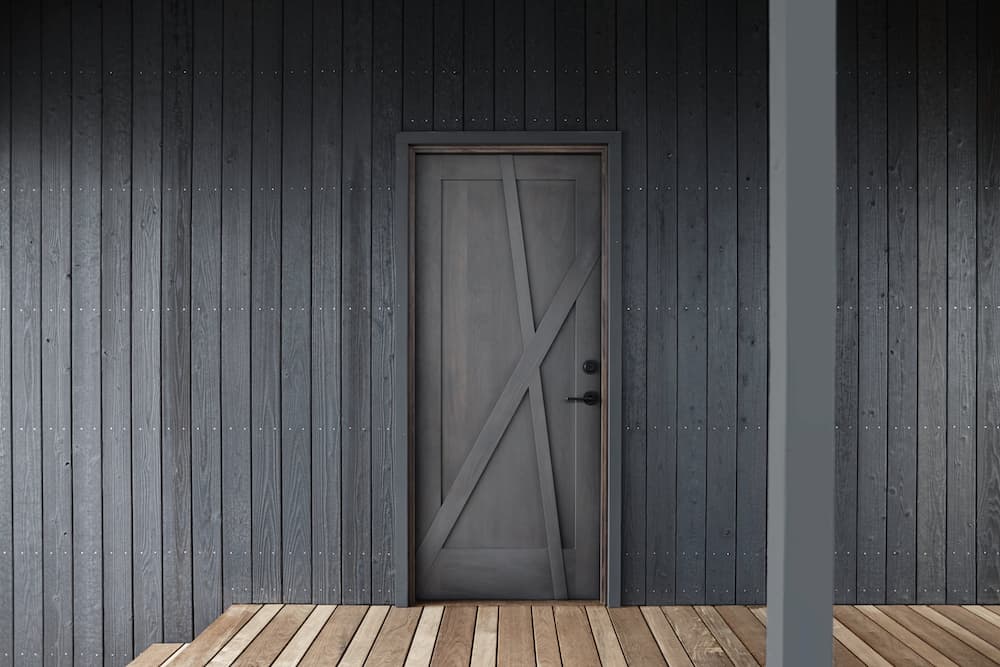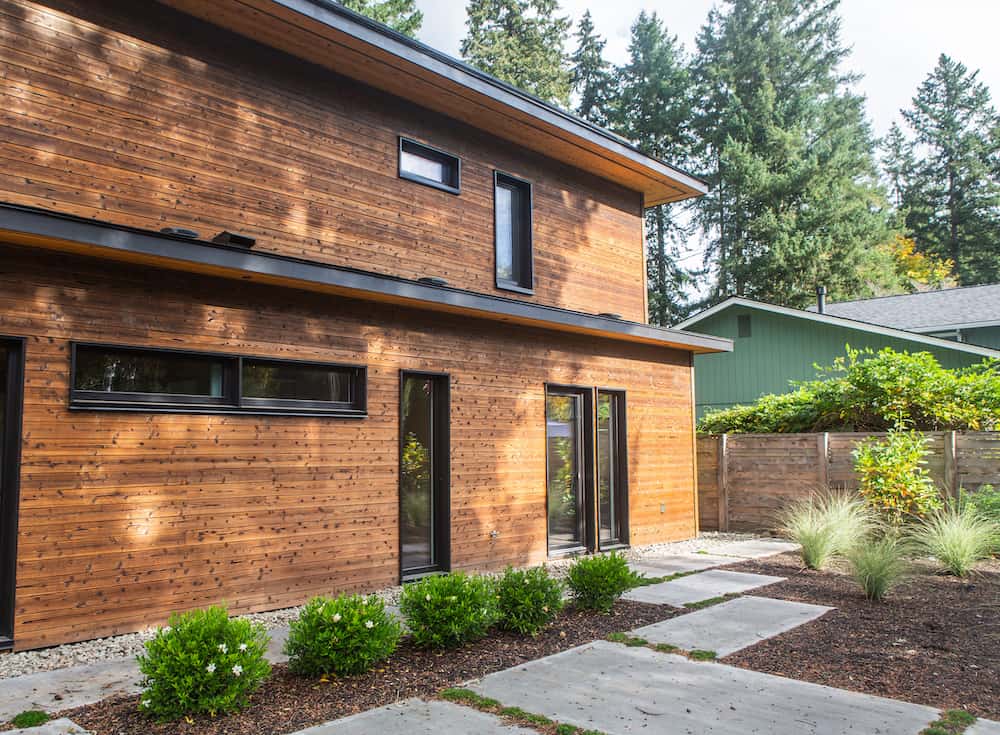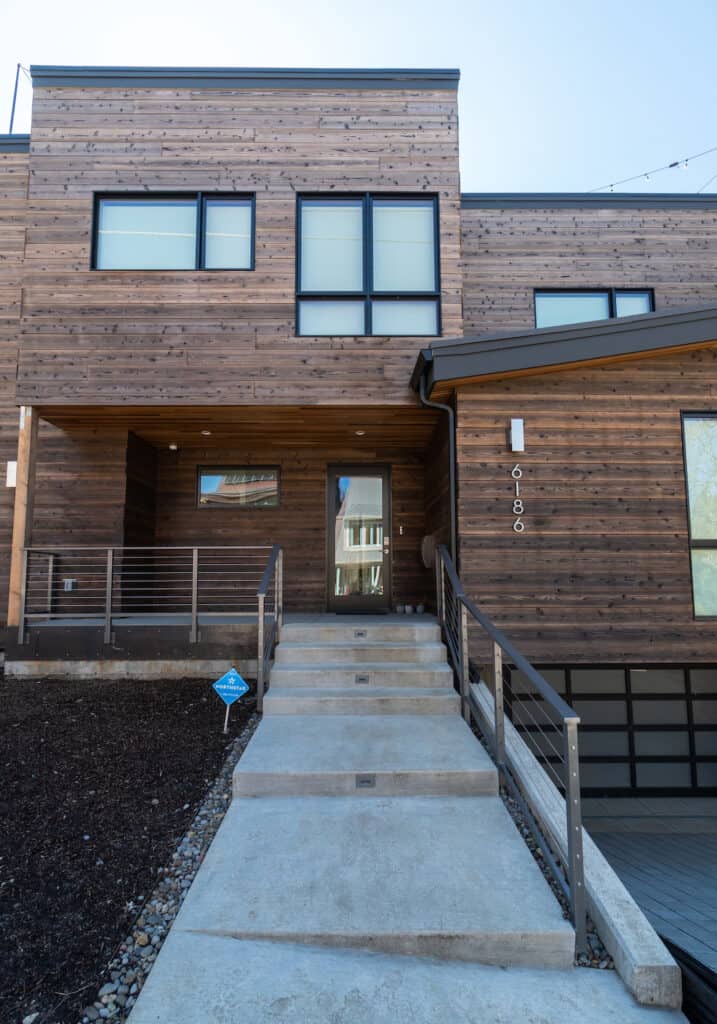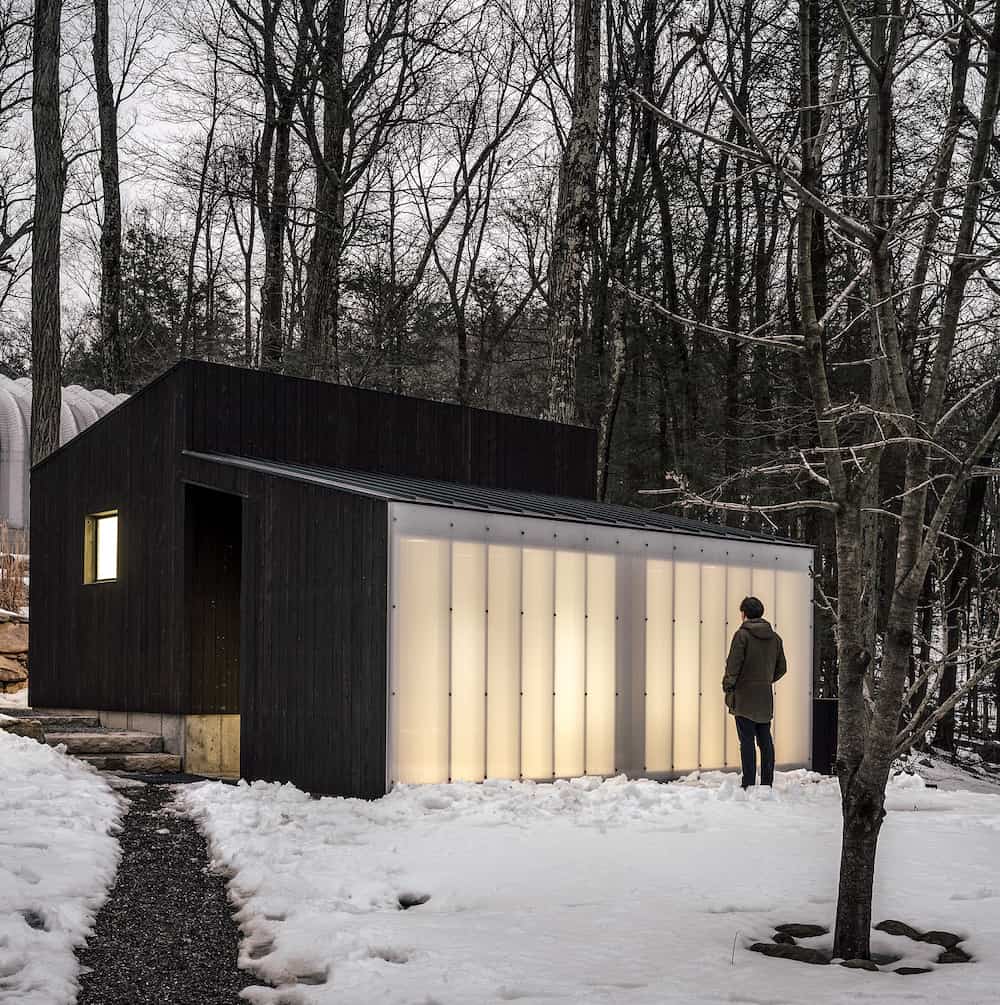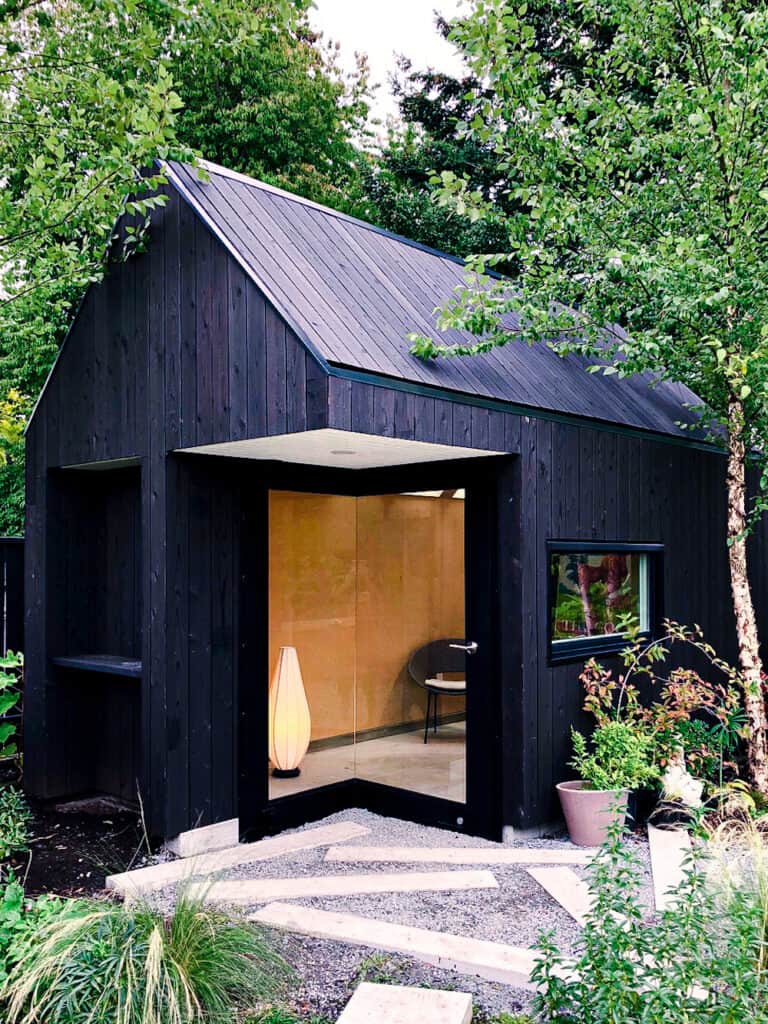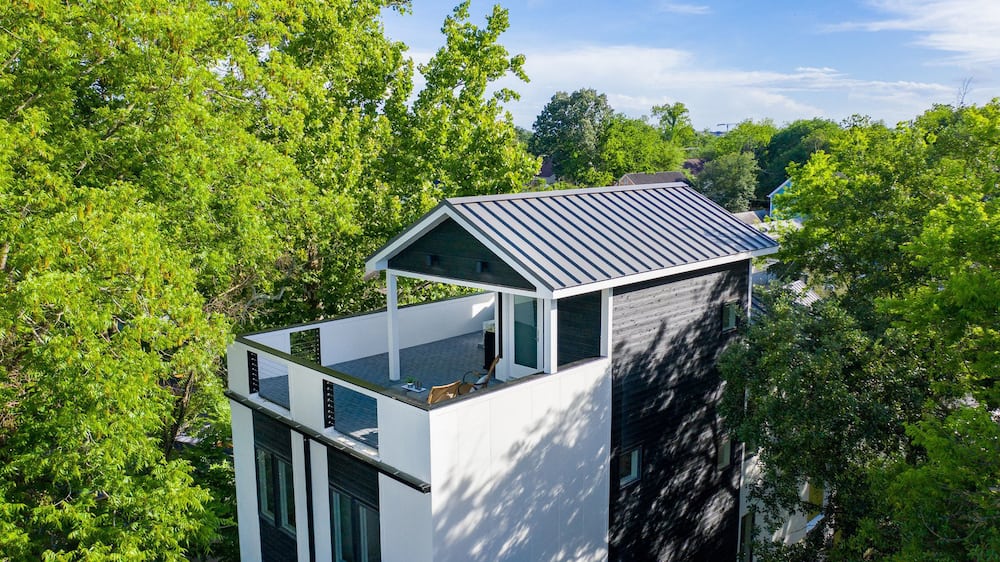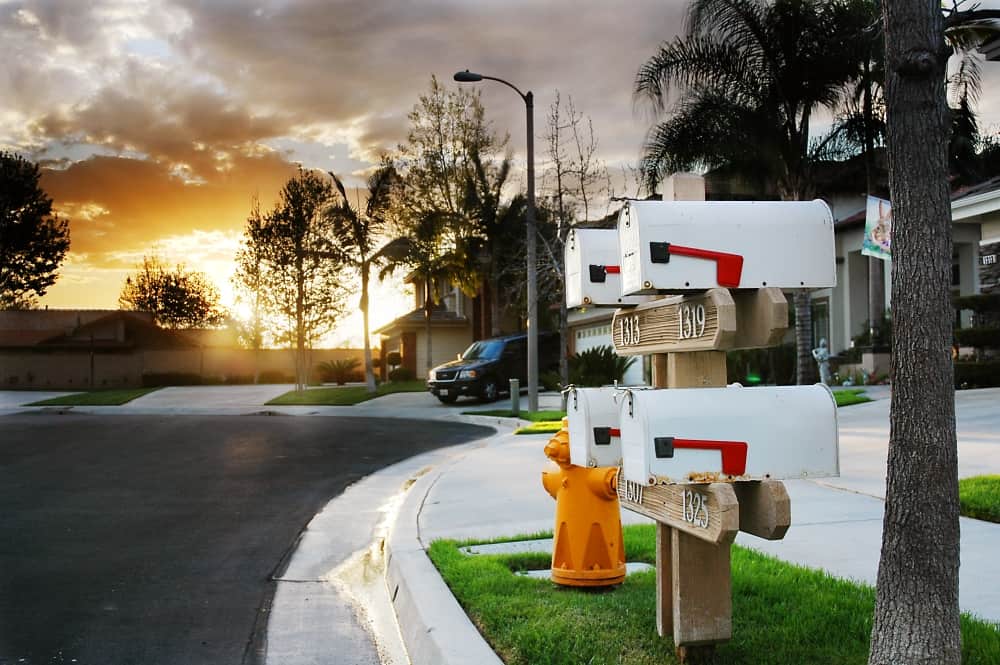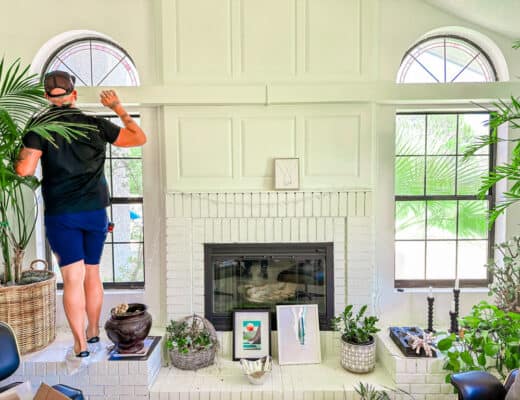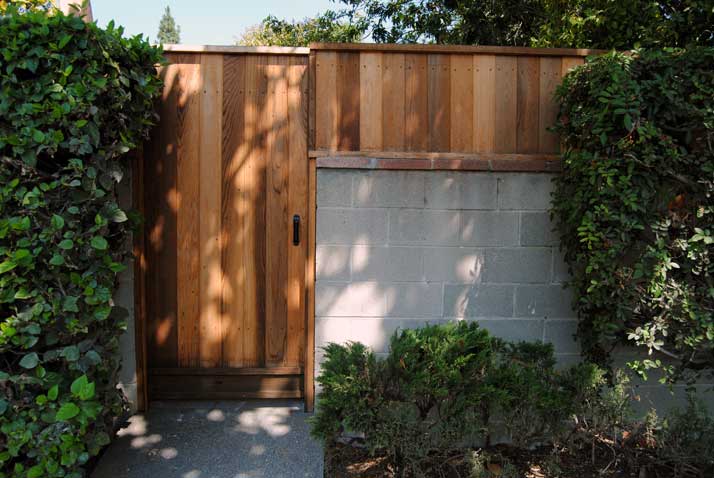Charred wood siding adds a distinct and one-of-a-kind look to the exterior of any home, especially those built in a modern style.
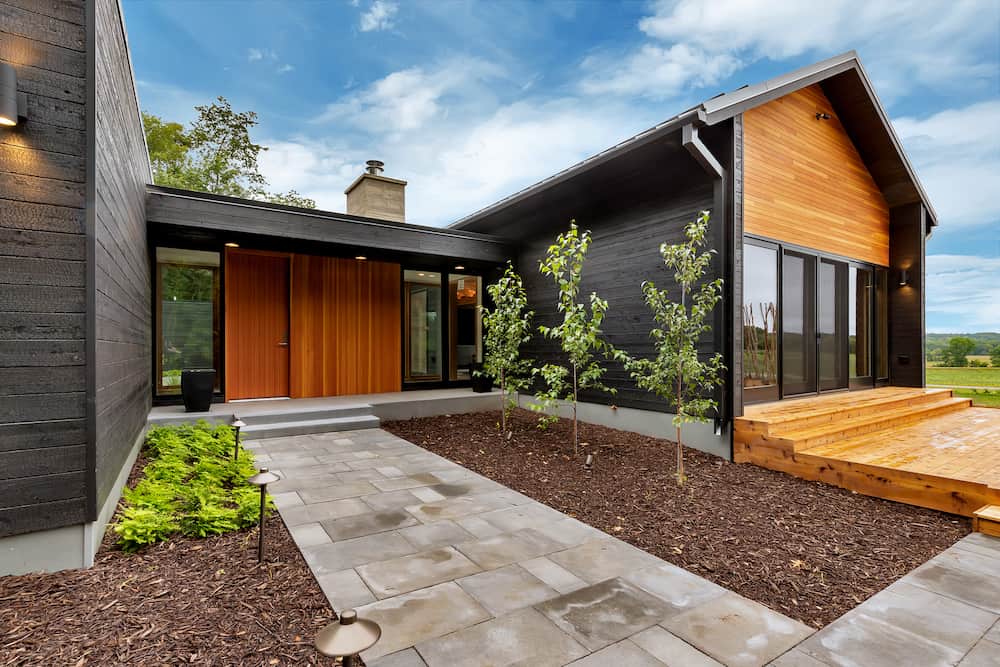
Called Yakisugi, it is a traditional heat-treated wood siding material that has been used in Japan for hundreds of years.
The History
It is heat-treated by burning the outside board faces in order to make them more resistant to UV, rot, fire, and insects, at the same time being low to no maintenance. It is specifically a cladding product, not a process applied to wood such as furniture or beams.
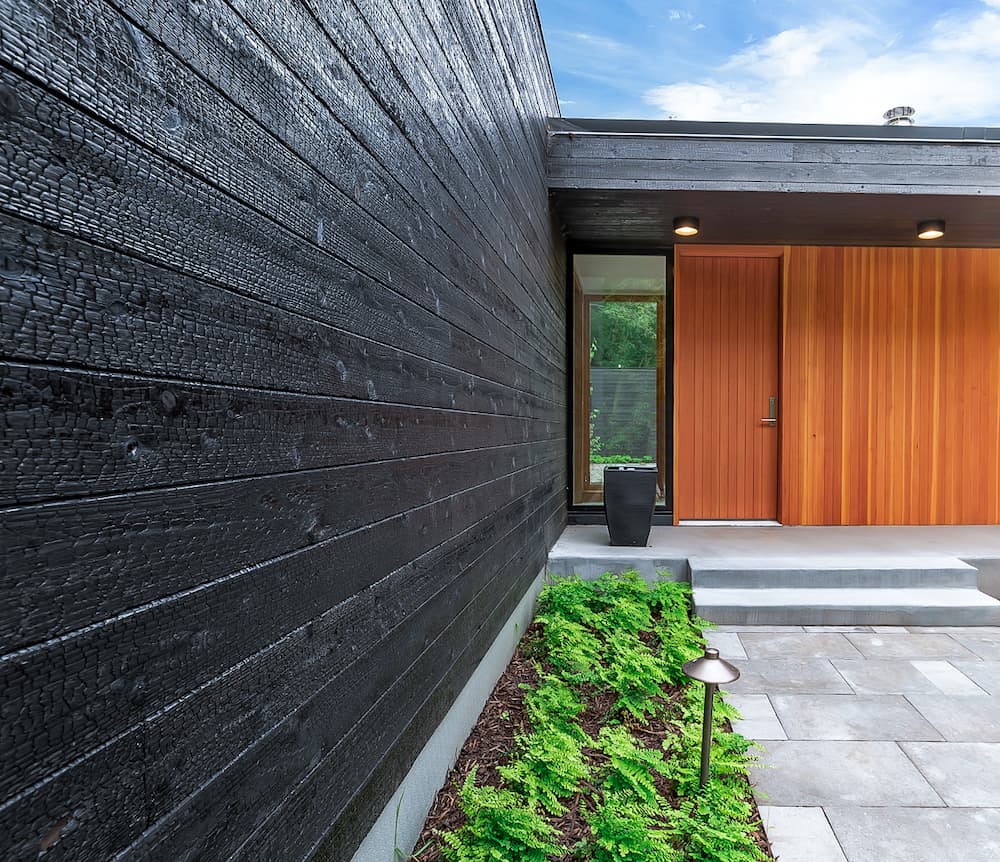
“Yakisugi-ita” is Japanese for “burnt sugi planks” (sugi is a cypress but is often called “cedar”), and “shou sugi ban” is actually a misreading of the word in Japanese that is often used in the West.
Nakamoto Forestry
Nakamoto Forestry is the largest yakisugi supplier in North America by volume. They are focused on supplying the most ethically-manufactured, healthy materials available, at a cost-conscious price point and with the shortest lead time attainable.

Their wood comes from their forests in Japan (from actual sugi trees), and they do the oil finishes in the US, in the three traditional surfaces: Suyaki, Gendai, and Pika-Pika.
Our favorite surface is Pika-Pika, which is a twice brushed surface made by passing the yakisugi “shou sugi ban” planks through a second wire brushing process. This second process removes all loose soot from the softer spring growth rings and leaves the late wood as contrasting burnt ridges.
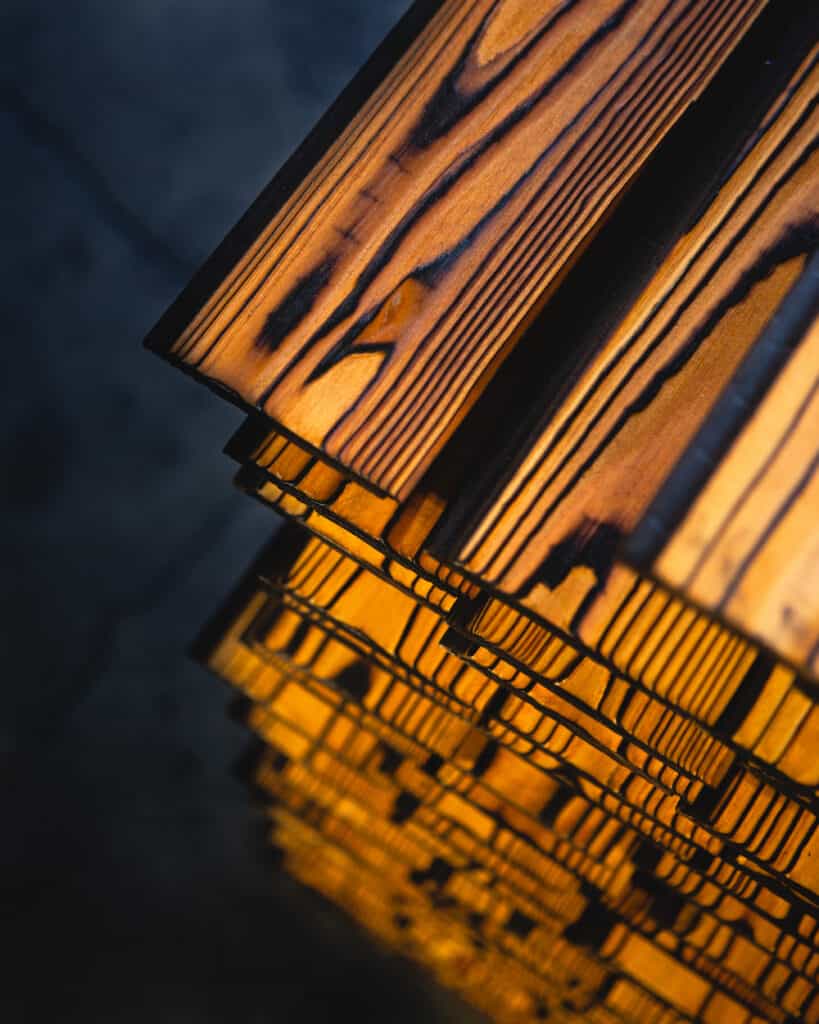
It is a topographic, textured surface that follows the wood grain, and is hand-graded after surfacing to achieve a consistent blend of heartwood and sapwood.
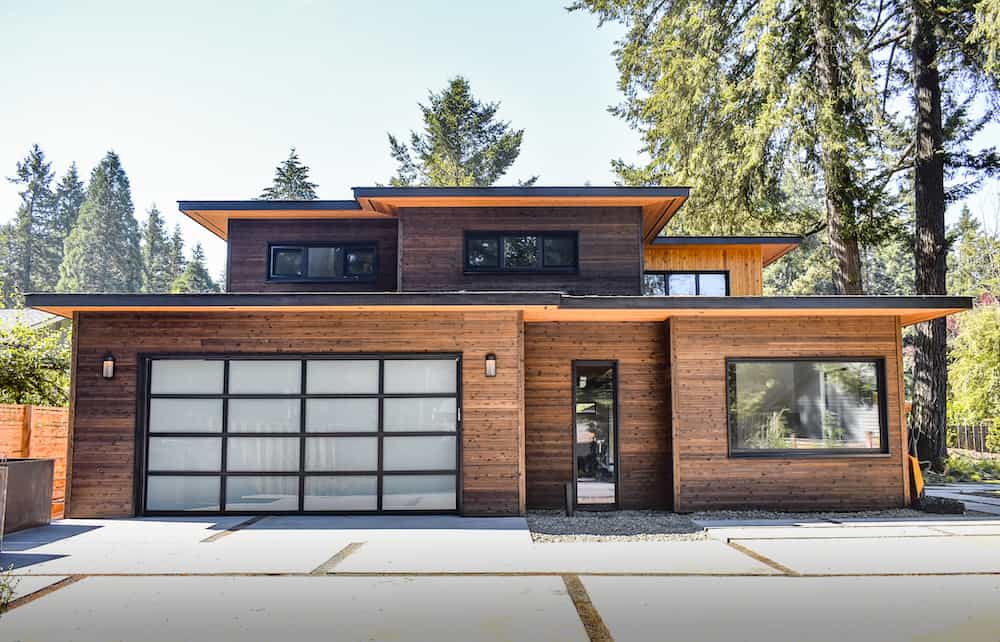
But the contrast of the dark suyaki and gendai are gorgeous set against a glass, metal, or concrete setting.
Modern homes that incorporate natural materials and texture have a softness and livability that their steel and glass counterparts just can’t embody.
Yakisugi Buildings Around the World
Enjoy these fine examples of Nakamoto Forestry Yakisugi “Shou Sugi Ban” in modern homes across the world.

